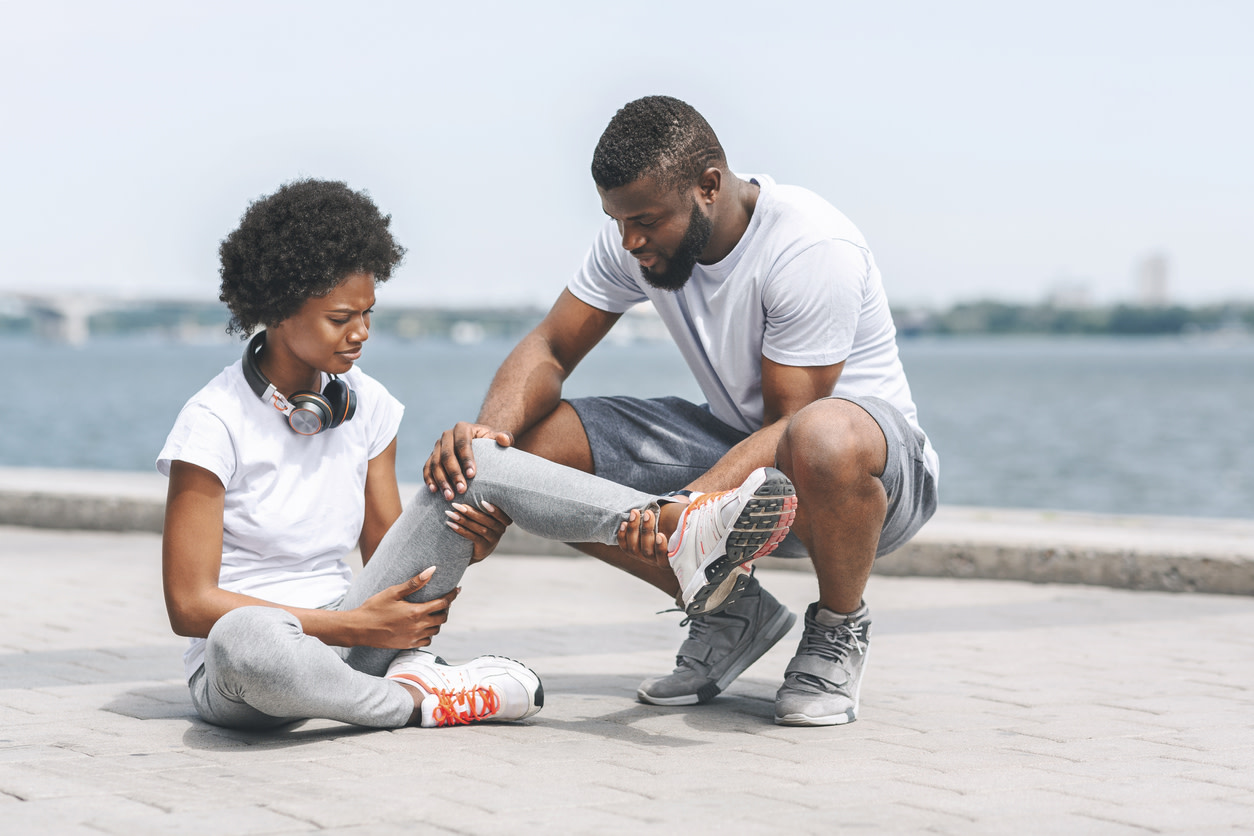How to relieve knee and ankle pain: causes, connections, and exercises
Learn about effective ways to manage knee and ankle pain with expert tips and targeted exercises that reduce discomfort and prevent future issues.
$0 costo para usted
Fecha de Publicación: Nov 20, 2024
El índice
Fully covered knee pain relief
Find relief from knee pain, knee locking, stiff knees, & more.
Check if I'm eligibleExercises for knee and ankle pain
¿Quieres atención de expertos? Consulta si estás cubierto por nuestro programa gratuito →- Standing Calf Stretch
- Calf Raises
- Lateral Step Downs
- Standing Side Leg Raise
- Single-Leg Romanian Deadlift (RDL)
- Ankle Mobilization
